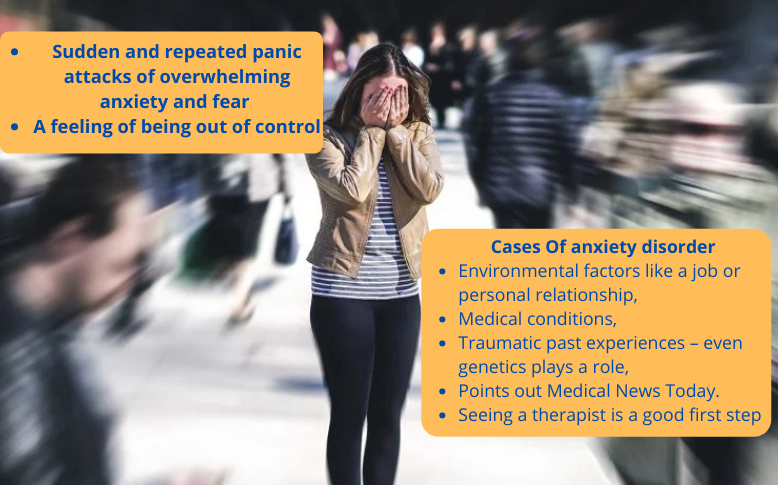What is anxiety?
First of all, before moving ahead, let’s talk about anxiety and how it is a mental condition. Anxiety is what we feel when we are worried, tensed, or afraid – particularly about things that can happen or could happen in the future. Anxiety is a natural human response when we feel we are under threat. The symptoms of anxiety can be seen through our thoughts, feelings, and even physical sensations.
What is the fight, flight or freeze response?
There is a combined term you must have often heard of and one that has been associated with anxiety on more than one occasion – fight, flight or freeze response. This human response is divided into three parts – fight, flight or freeze. Let us explain each of them through an example:-
- Fight – Suppose that you’re going to a movie you don’t want to watch but your parents do, so you try to fight with them as much as you can.
- Flight – If you’re at a party and encounter your ex while being in a relationship with someone else, you decide to take a flight and run away from there before your ex notices you.
- Freeze – When you’re giving an exam for which you have not studied much, you automatically freeze on seeing the questions you have to answer to pass the exam.
Now we’re going to go straight to our main topic – anxiety disorders
Anxiety Disorders
Anxiety experienced by one person may not make another person anxious at all. This means that a feeling of anxiety will vary from person to person. To cut the long story short, we have listed down a few disorders related to a person’s anxiety:-
- Generalized anxiety disorder (GAD) – Generalized anxiety disorder or GAD means having regular or uncontrollable thoughts about many things in your life and getting worried about them.
- Social anxiety disorder – This means that certain social situations make you fearful or anxious. The condition is also called social phobia.
- Phobia – the most common anxiety disorder you all must have heard about, phobia is a condition of extreme fear and anxiety triggered by a particular situation or place.
- Obsessive-compulsive disorder – We’ll explain this condition with an example of a person who takes a bath several times in a day but is still not satisfied and will take a bath again.
Moving on to the next disorder we are going to discuss about – panic disorder. But before discussing about panic disorder, we’ll give a brief introduction about why exactly a person gets a feeling of panic.
What is a panic attack?
Panic attacks are a type of fear response or a response when a person induces a state of fear. They exaggerate a body’s normal response to danger, stress or excitement. There are few symptoms to know how a person is having a panic attack:-
- A pounding or racing heartbeat
- Dizziness or lightheadedness
- Sweating, trembling or shaking profusely
- Nausea
- Pain in chest or abdominal pain
- Struggling to breathe or it feels like someone is trying to kill you by holding your neck
- Losing control over one’s mind
Panic disorder
Panic disorder is found in people who experience panic attacks that are seemingly surprising in nature and are very preoccupied with the idea of the attack taking place again. Panic attacks can occur anytime, even when you’re sleeping and you suddenly wake-up. Panic disorder is usually seen in adults but children can also be a victim of panic-like symptoms. It is also seen that 2-3% of Americans experience panic attacks every year and the attacks are more common in women than men, even twice than men.
Many times it turns out that the situation or object due to which a panic attack occurs might be imaginary or a complete imagination of the person in question. That’s why people, in many such cases, tend to distance themselves from people known to them, so that they do not need to share their experience of having a panic attack with anybody else.

